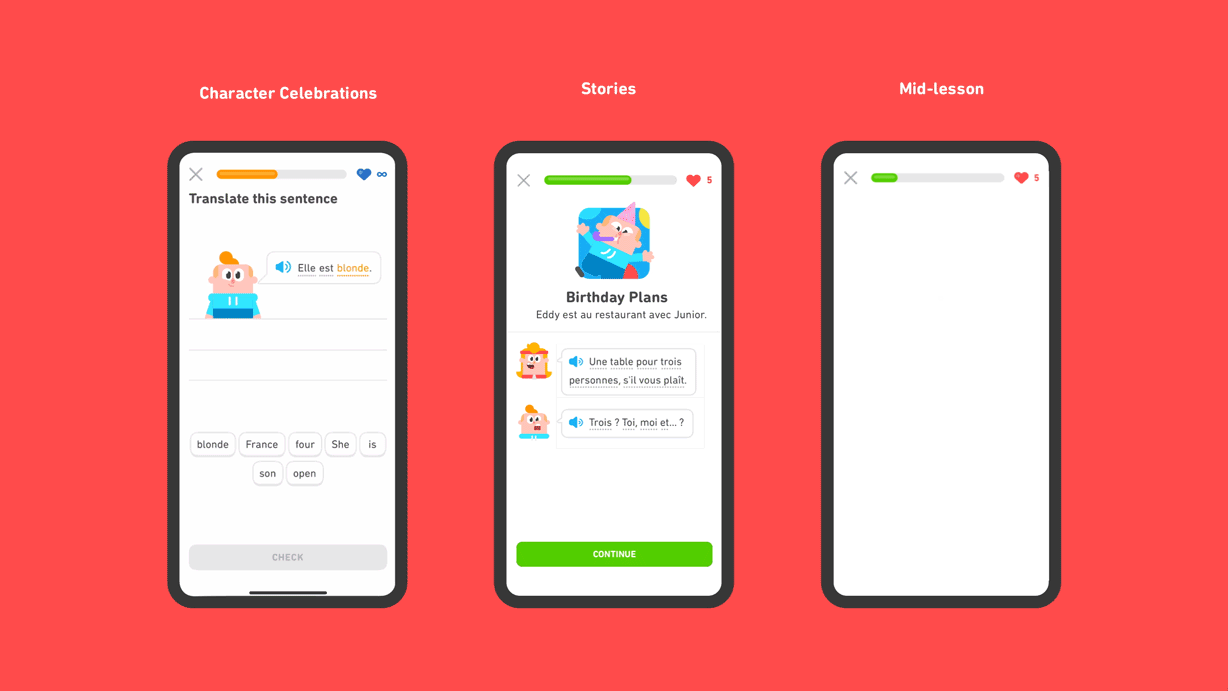
While 37 languages is a huge catalog for English speakers to learn, it's not comprehensive. (Opens in a new window) Read Our Yabla Review The 37 real-world languages for English speakers are Arabic, Chinese, Czech, Danish, Dutch, Esperanto, Finnish, French, German, Greek, Haitian Creole, Hawaiian, Hebrew, Hindi, Hungarian, Indonesian, Irish, Italian, Japanese, Korean, Latin, Navajo, Norwegian, Polish, Portuguese (Brazilian), Romanian, Russian, Scottish Gaelic, Spanish, Swahili, Swedish, Turkish, Ukrainian, Vietnamese, Welsh, Yiddish, and Zulu. There are many more courses if you add up all those that use a different language of instruction, for example, Catalan for Spanish speakers and French for Arabic speakers. Even when measured against paid language-learning programs, the content is so good that Duolingo still ranks among the best software for learning a language and earns a perfect five-star score.įor speakers of English (meaning the instruction is in English), Duolingo has courses in 37 languages, excluding languages from works of fiction (Klingon and High Valyrian are offered) and one course still in development (Xhosa). It's easily the best free language app you can find, and our Editors' Choice winner. It offers plenty of self-paced exercises to help you build a basic understanding of dozens of languages or review one you already know.


This is what I was trying by my own means by the way: #The Dictionary Keys/Values and the Post Request URL were taken from the Network Source code in Inspect on Google Chrome

I have tried making requests as well as I understood them but I am pretty much a noob in this so it has all went in vain thus far. I want to land on the main (learning) page of my Duolingo profile but I am having a little trouble finding the correct way to sign into the website with my credentials using Python Requests.


 0 kommentar(er)
0 kommentar(er)
